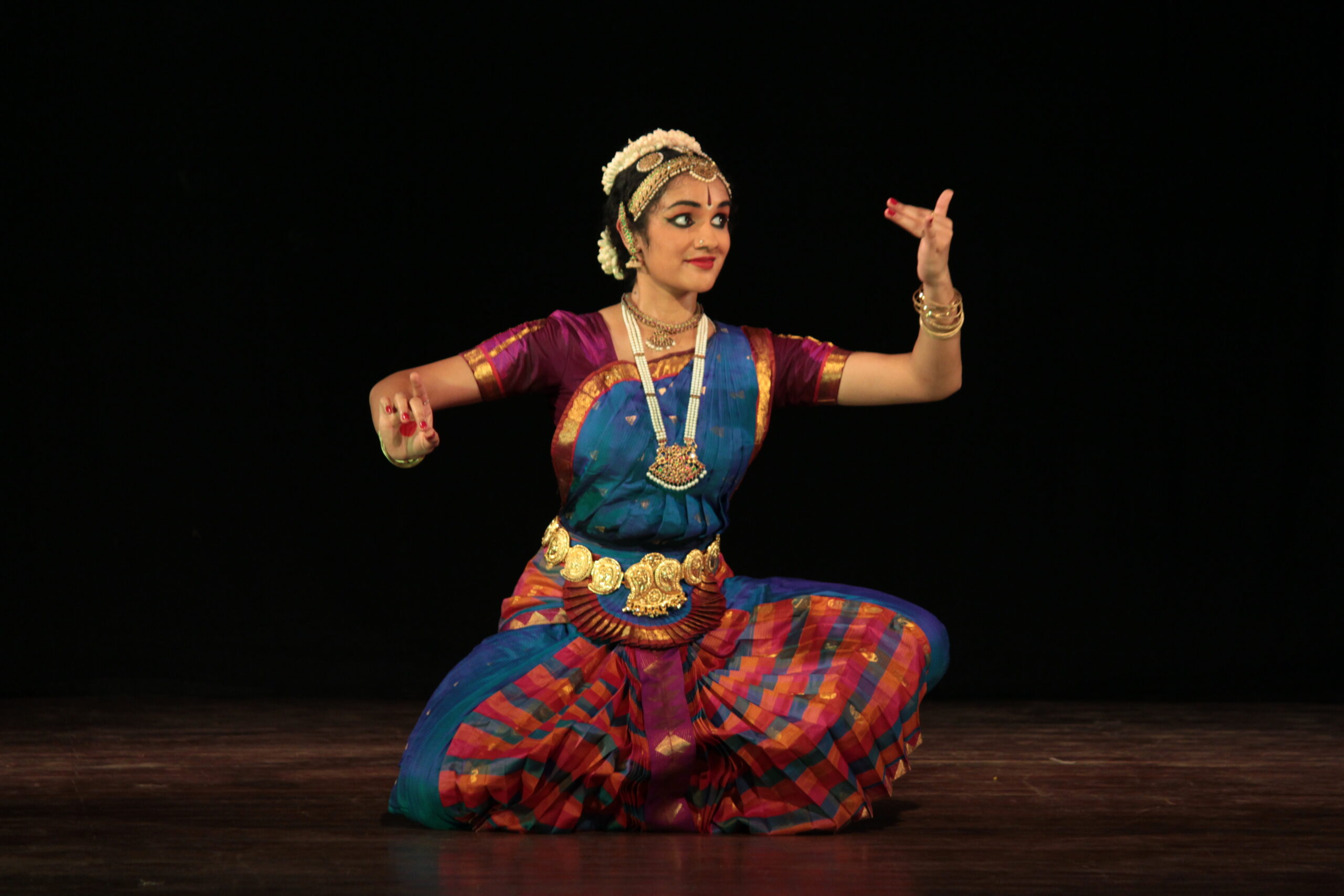Transitioning India’s Cultural Landscape
Addressing the Digital Divide in Ministry of Culture Schemes
In an era where digitalization is heralded as the cornerstone of progress across various sectors, the Ministry of Culture appears to lag behind, clinging to outdated processes that hinder the creative community’s access to vital support. Despite the overarching vision of Digital India, initiatives such as the Cultural Function Grant Scheme and Repertory Grant persist with cumbersome physical submission requirements, impeding the artistic community’s ability to thrive in the digital age.

The insistence on physical documentation poses significant challenges for artists, writers, performers, and cultural organizations, compelling them to incur substantial costs for printing materials and navigating logistical hurdles such as courier expenses or even travel to Delhi for application submissions. This regressive approach not only strains the financial resources of individuals and small organizations but also undermines the efficiency and inclusivity promised by digital platforms.
Renowned figures in the cultural sphere, including Kathak dancer Gajendra Pratap Singh and All India Artisans Association Chairperson Mridula Garg, have voiced their frustration, highlighting the discrepancy between the Ministry’s antiquated processes and the contemporary digital landscape. Singh aptly captures the sentiment shared by many when he describes the current system as both impractical and financially burdensome, ultimately hindering artistic endeavors rather than facilitating them.
The call for reform is not unfounded. The petition launched by leading artists and cultural bodies underscores the urgent need for the Ministry of Culture to embrace digital modes of operation, aligning its practices with the ethos of Digital India. By transitioning to online platforms for application submissions, the Ministry can streamline processes, reduce administrative burdens, and enhance accessibility for a diverse range of stakeholders across the country.
However, the path to digitization is not without its challenges. While acknowledging the necessity of modernizing its operations, a senior official at the Ministry of Culture cited entrenched processes and legacy systems as barriers to immediate change. Despite assurances of ongoing efforts to implement online modes, the timeline for this transition remains uncertain, leaving artists and cultural organizations grappling with continued uncertainty and frustration.
This reluctance to adapt to digital advancements not only undermines the government’s commitment to promoting India’s cultural heritage but also risks alienating and disenfranchising the very individuals and institutions entrusted with preserving and advancing our rich artistic legacy. As the digital landscape evolves rapidly, failure to modernize Ministry of Culture schemes not only stifles creativity and innovation but also undermines the broader vision of Digital India championed by Prime Minister Narendra Modi.
In essence, the plight of artists and cultural practitioners struggling with outdated bureaucratic processes serves as a poignant reminder of the imperative to bridge the digital divide in India’s cultural landscape. By prioritizing the swift adoption of online modes for scheme applications and grants, the Ministry of Culture can demonstrate its commitment to nurturing and safeguarding India’s vibrant cultural tapestry in the digital age, ensuring that the Prime Minister’s vision of a digitally empowered nation encompasses all facets of society.




